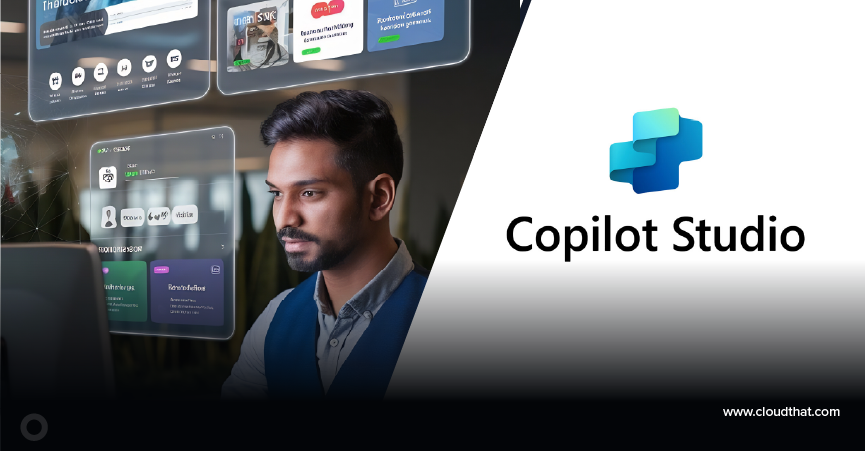|
Voiced by Amazon Polly |
In today’s interconnected world, ensuring secure and efficient access to organizational resources is a top priority for businesses. Authentication and Authorization (AA) systems are vital components of an organization’s cybersecurity infrastructure, ensuring that the right individuals access the right resources at the right times. Active Directory Domain Services (AD DS) is a cornerstone technology that provides a robust framework for implementing Identity and Access Management (IAM) services. In this blog, we will explore the critical importance of AA systems and dive into how AD DS enables these functionalities, discussing key concepts such as users and group management, organizational units (OUs), domains, forests, trees, unidirectional trust, Kerberos authentication, and its limitations. We’ll also examine how Active Directory Federation Services (ADFS) addresses Single Sign-On (SSO) challenges and compare Kerberos with SAML authentication.
Kerberos Authentication in AD DS
Kerberos is the default authentication protocol in AD DS. It is a time-tested protocol that uses tickets and symmetric-key cryptography to authenticate users and services securely.
How Kerberos Works:
- The user logs in and requests a Ticket Granting Ticket (TGT) from the Key Distribution Center (KDC).
- The TGT is issued and used to request service tickets for accessing specific resources.
- The service ticket is presented to the target resource for access authorization.
Limitations of Kerberos:
- Time Dependency: Kerberos relies on synchronized clocks between clients and servers, leading to potential authentication failures if clocks drift.
- Single Realm Restriction: Kerberos is optimized for single-domain environments, making cross-domain or federated authentication complex.
Addressing SSO Challenges with ADFS
Active Directory Federation Services (ADFS) extends the capabilities of AD DS by enabling Single Sign-On (SSO) across organizational boundaries and cloud services. It supports modern protocols like SAML (Security Assertion Markup Language) and OAuth, providing seamless and secure access to external applications and resources.
Benefits of ADFS:
- Enables federated authentication across multiple domains and organizations.
- Simplifies user experience by reducing the need for multiple credentials.
- Supports modern authentication standards, making it ideal for hybrid and cloud environments.
Comparing Kerberos and SAML Authentication
| Feature | Kerberos | SAML |
| Protocol Type | Symmetric Key | XML-Based |
| Primary Use Case | Intra-domain authentication | Federated authentication |
| Authentication Flow | Ticket-based | Assertion-based |
| Clock Dependency | Yes | No |
| Cross-Platform Support | Limited | Broad |
| Standardization | Proprietary (Microsoft-centric) | Open standard |
| Ease of Federation | Challenging | Designed for federation |
Sample AD DS Architecture for Quantoso Inc.
Organizational Background
Quantoso Inc. is a global leader in the call center industry, providing customer support services to various businesses. The organization employs over 5,000 agents across multiple locations, with a mix of on-premises and remote workers. Due to the sensitive nature of client data and operational requirements, Quantoso needs a robust AD DS implementation to ensure secure access and efficient resource management.
Proposed AD DS Architecture
- Domain Design:
- Primary Domain: quantoso.com
- Child Domains: Separate child domains for regional operations such as us.quantoso.com, eu.quantoso.com, and apac.quantoso.com to segregate resources and apply regional policies.
- Organizational Units (OUs):
- Corporate OU: For administrative staff and IT personnel.
- Agent OU: Separate OUs for agents based on departments such as sales, support, and billing.
- Infrastructure OU: For servers, shared drives, and network devices.
- Group Policies (GPOs):
- Agent Workstations: Enforce restrictions like application control and limited access to internet resources.
- Corporate Systems: Apply enhanced security policies, including multi-factor authentication (MFA).
- Trust Relationships:
- Establish unidirectional trusts with external domains for client resource access while maintaining internal security boundaries.
- Global Catalog and Replication:
- Place Global Catalog servers in each region for faster authentication and query responses.
- Enable site-aware replication to optimize bandwidth usage between data centers.
- Kerberos and ADFS Integration:
- Use Kerberos for intra-domain authentication, ensuring quick and secure access for agents and staff.
- Deploy ADFS for federated authentication, enabling seamless access to third-party cloud applications like CRMs and ticketing systems.
- Monitoring and Auditing:
- Implement centralized logging for authentication attempts and resource access using AD DS auditing features.
- Use tools like Microsoft’s Advanced Threat Analytics (ATA) to detect and respond to suspicious activities.

Benefits for Quantoso Inc.:
- Enhanced Security: Segregation of resources and application of targeted policies reduce risk.
- Improved Efficiency: Streamlined user access management and automated processes save time.
- Scalability: The architecture can grow as Quantoso expands its operations.
- Regulatory Compliance: Centralized control ensures adherence to industry standards for data protection.
Enhance Your Productivity with Microsoft Copilot
- Effortless Integration
- AI-Powered Assistance
About CloudThat
CloudThat is an award-winning company and the first in India to offer cloud training and consulting services worldwide. As a Microsoft Solutions Partner, AWS Advanced Tier Training Partner, and Google Cloud Platform Partner, CloudThat has empowered over 850,000 professionals through 600+ cloud certifications winning global recognition for its training excellence including 20 MCT Trainers in Microsoft’s Global Top 100 and an impressive 12 awards in the last 8 years. CloudThat specializes in Cloud Migration, Data Platforms, DevOps, IoT, and cutting-edge technologies like Gen AI & AI/ML. It has delivered over 500 consulting projects for 250+ organizations in 30+ countries as it continues to empower professionals and enterprises to thrive in the digital-first world.
WRITTEN BY Abhijeet Nadgouda


 Login
Login


 December 26, 2024
December 26, 2024 PREV
PREV










Comments